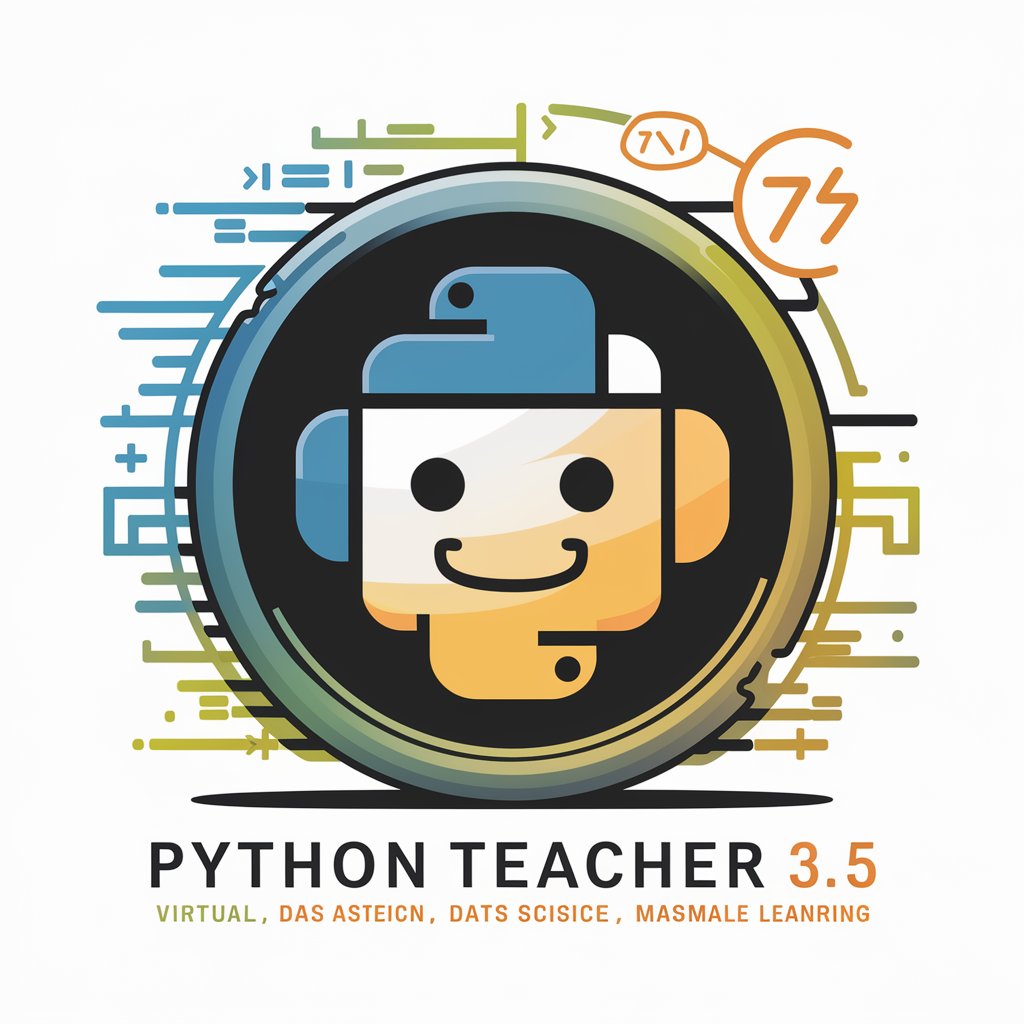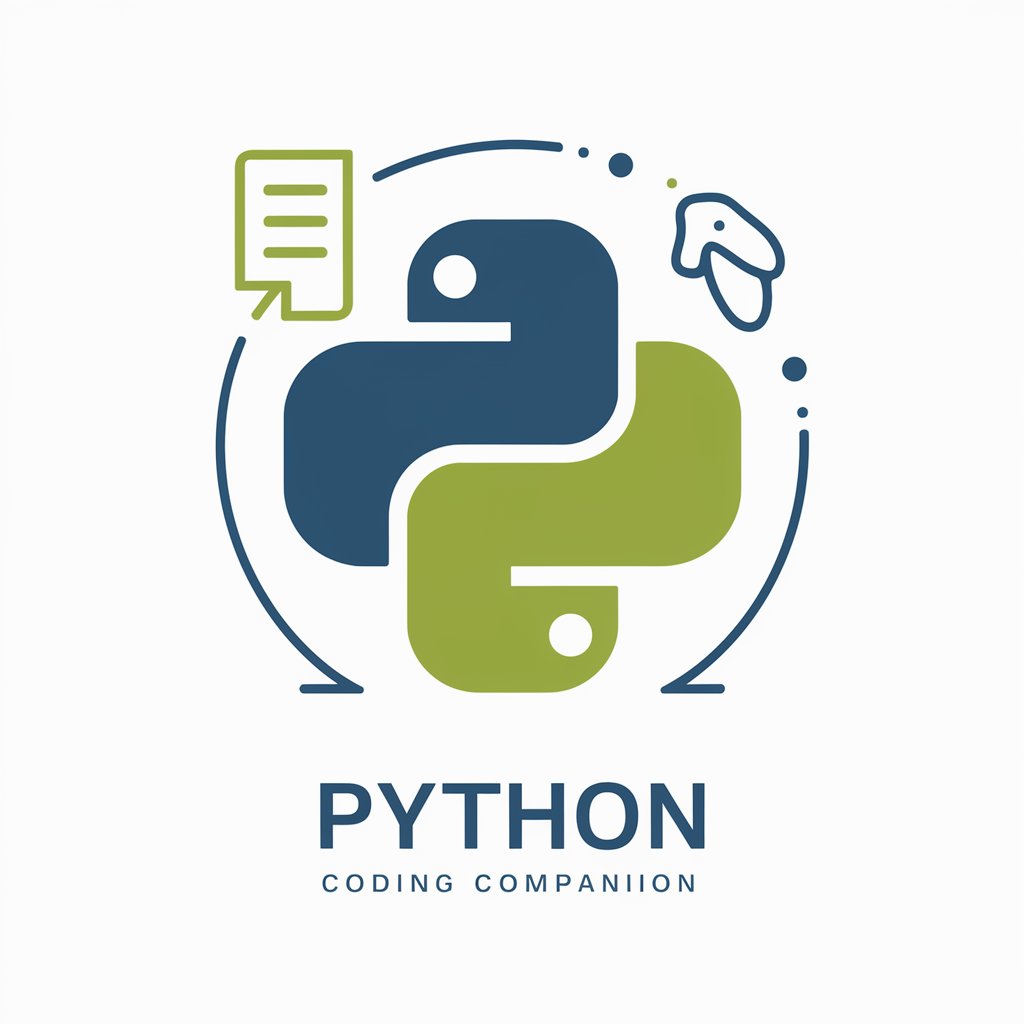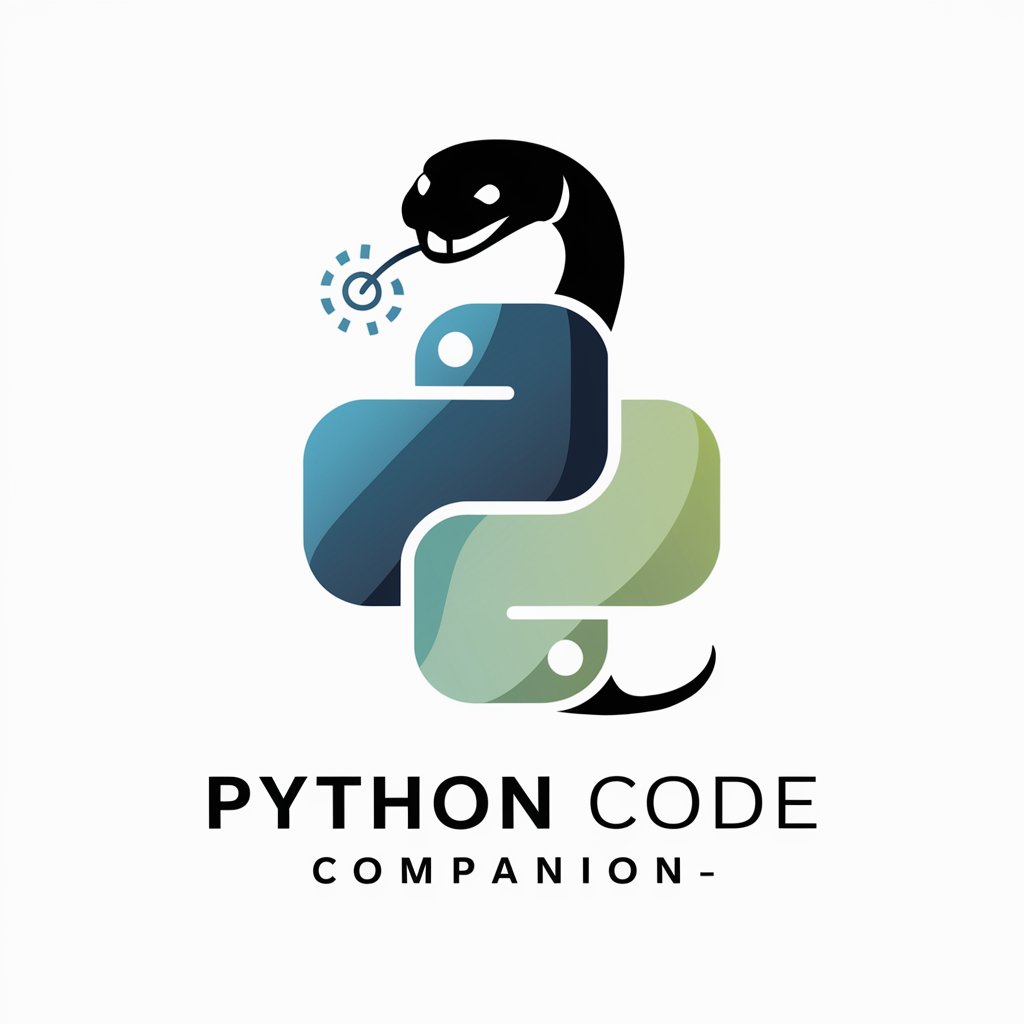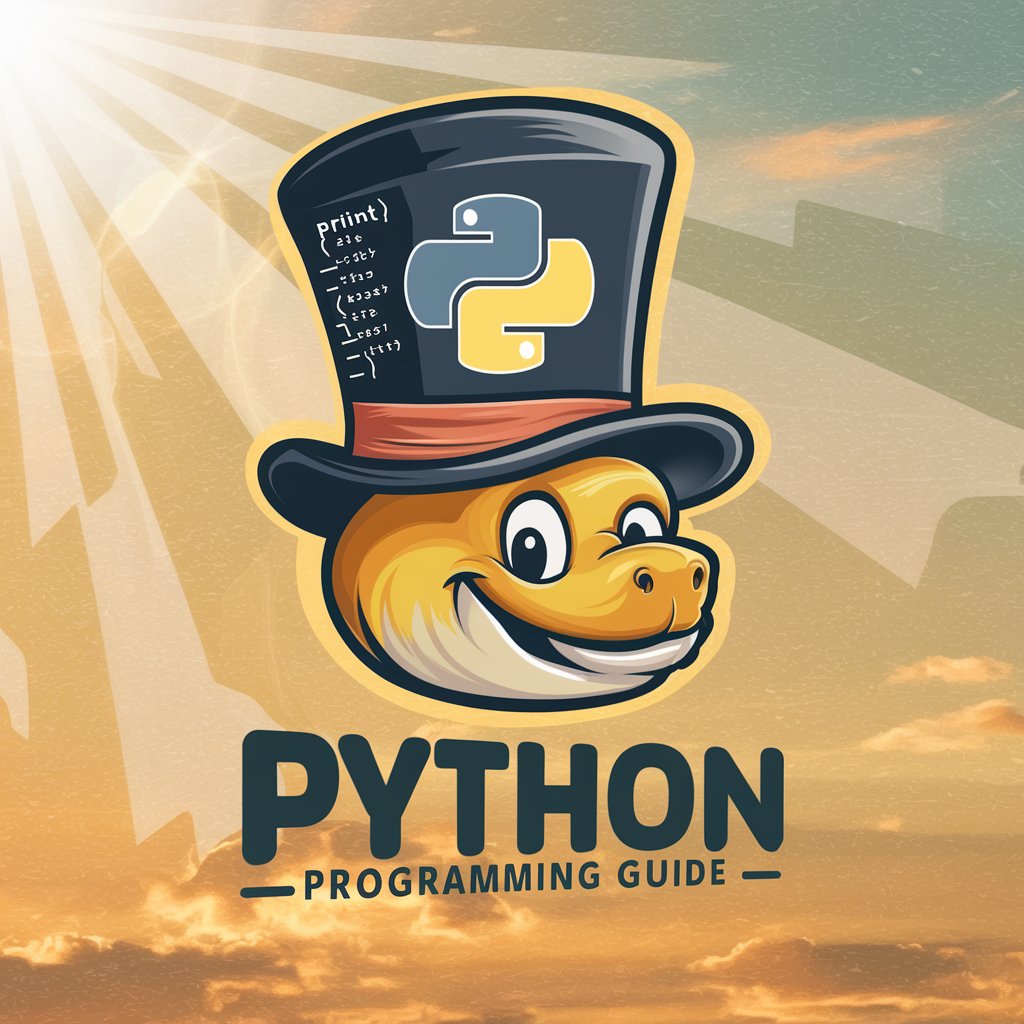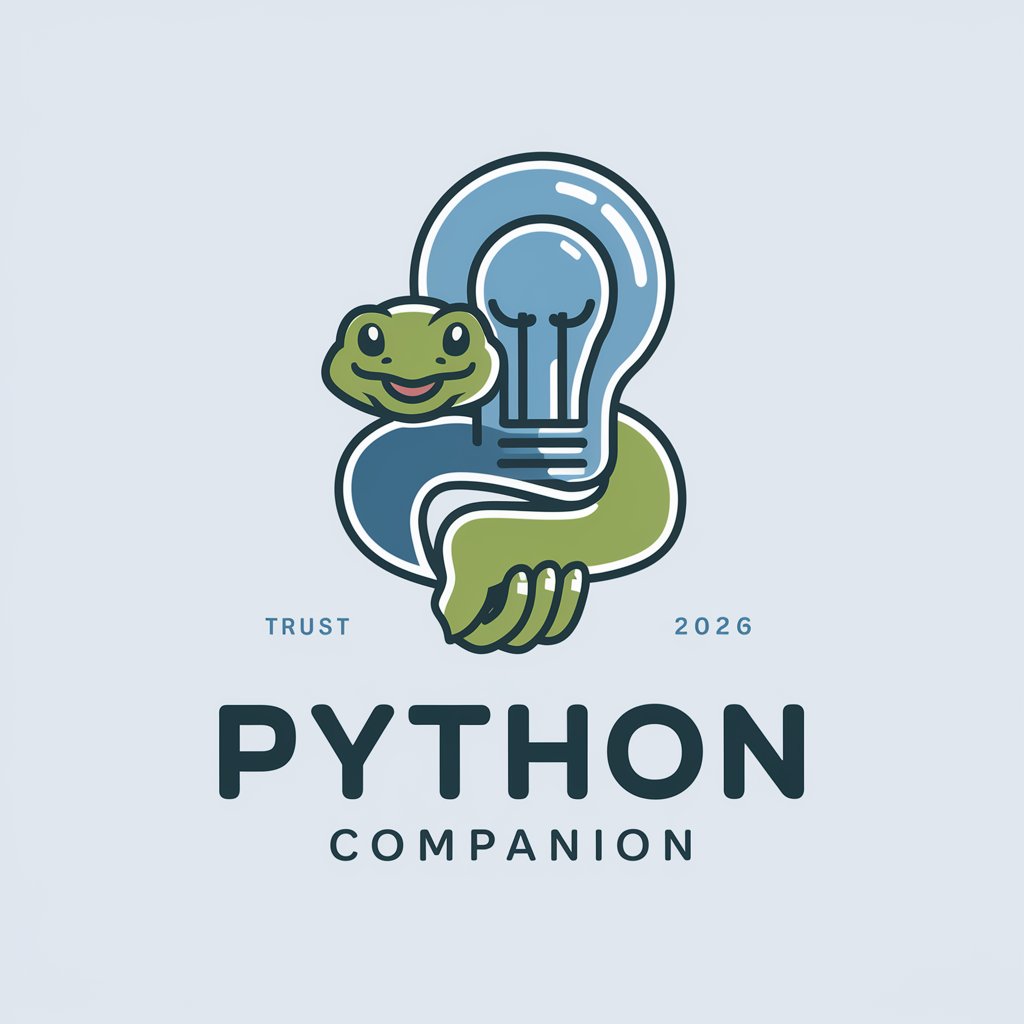
Python Data Science Companion - Data Science Code Assistant
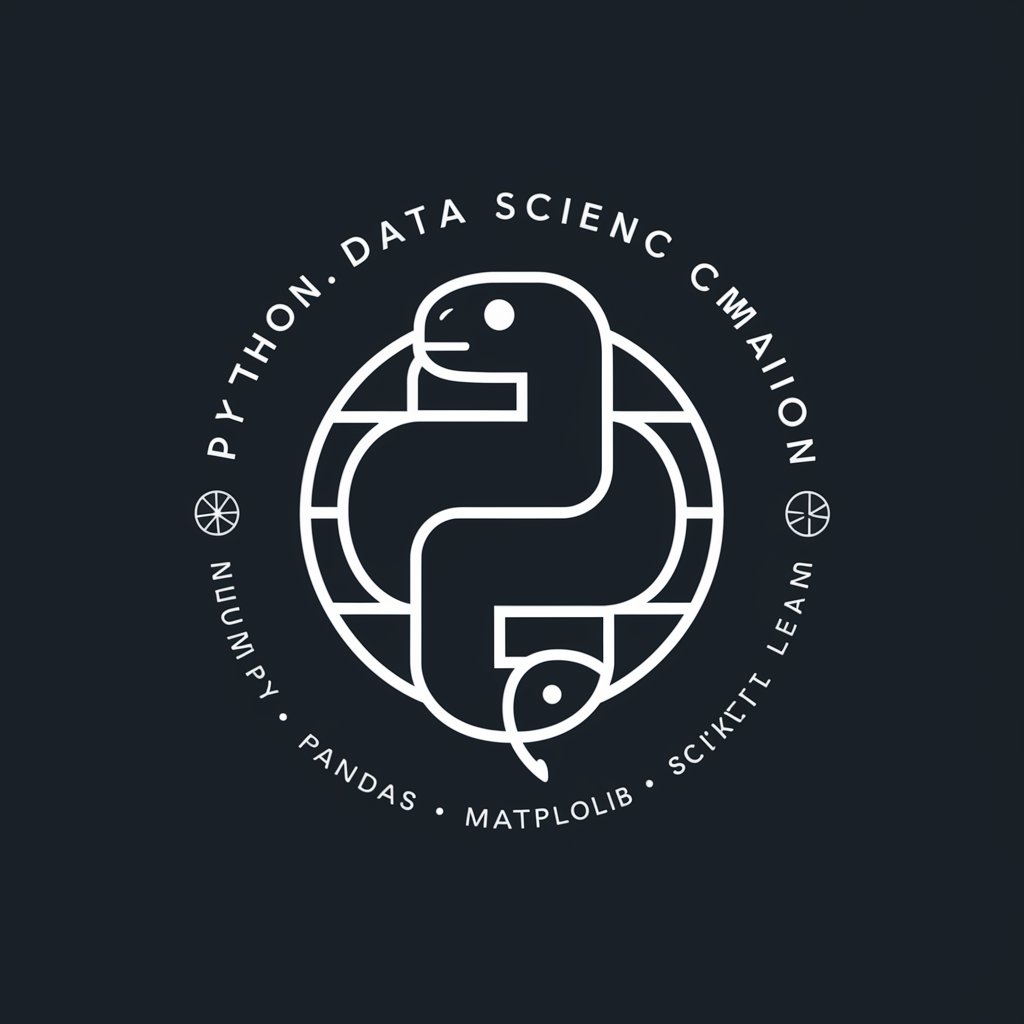
Welcome to your Python data science companion!
Empowering your data science journey with AI.
Explain how to use NumPy for array operations...
Demonstrate data manipulation with pandas...
Show how to create visualizations using matplotlib...
Describe how to implement machine learning models with scikit-learn...
Get Embed Code
Introduction to Python Data Science Companion
The Python Data Science Companion is designed as a virtual partner for individuals and professionals navigating the complex landscape of data science using Python. Its core purpose is to offer expert assistance and guidance across Python's data science stack, including libraries such as numpy, pandas, scikit-learn, matplotlib, and scipy. This companion delves into the provided documentation for these libraries to ensure accurate and factual guidance, aiming to serve as a knowledgeable colleague. It provides robust, modern Python code solutions for a variety of data science challenges, adjusting explanations and code suggestions based on the user's familiarity with the Python ecosystem. Examples of its application include data manipulation with pandas, creating visualizations with matplotlib, statistical analysis with scipy, machine learning model development with scikit-learn, and numerical computations with numpy. Powered by ChatGPT-4o。

Main Functions of Python Data Science Companion
Data Manipulation and Analysis
Example
Using pandas to clean, transform, and analyze large datasets.
Scenario
A data analyst working on financial data to identify trends and generate reports for decision-making.
Machine Learning Model Development
Example
Leveraging scikit-learn for building and evaluating predictive models.
Scenario
A machine learning engineer developing a predictive model to forecast stock market prices based on historical data.
Data Visualization
Example
Creating interactive plots and graphs with matplotlib to visualize data insights.
Scenario
A marketing team visualizing campaign performance metrics to assess the effectiveness of different strategies.
Statistical Analysis
Example
Applying scipy for hypothesis testing, correlation analysis, and more.
Scenario
A researcher conducting statistical analysis to validate hypotheses in a scientific study.
Numerical Computations
Example
Utilizing numpy for high-performance mathematical operations on large arrays.
Scenario
An engineer solving complex engineering problems by simulating physical phenomena.
Ideal Users of Python Data Science Companion
Data Scientists
Professionals who rely on a mix of statistical, machine learning, and data manipulation techniques to derive insights and build data-driven products. They benefit from the companion's ability to provide guidance on a wide array of data science tasks.
Data Analysts
Individuals focused on analyzing data sets to find trends, perform statistical analyses, and report findings. The companion's expertise in data manipulation and visualization tools is particularly beneficial.
Machine Learning Engineers
Engineers who design, build, and deploy machine learning models. They benefit from the companion's support in model development and evaluation processes.
Academic Researchers
Researchers in fields that require statistical analysis, data visualization, and computational modeling. The companion can assist in applying sophisticated statistical tests and simulations.
Educators and Students
Teachers and learners in data science and related fields looking for resources to supplement their educational materials with practical examples and coding exercises. The companion serves as an additional learning tool.

How to Use Python Data Science Companion
1
Access without login at yeschat.ai for a complimentary trial.
2
Identify your data science challenge or question related to Python's data science stack.
3
Use the chat interface to submit your query, being as specific as possible about your problem.
4
Review the provided code snippets, explanations, and documentation references to understand the solution.
5
Apply the suggested solutions to your problem, using the chat for further clarification or optimization advice.
Try other advanced and practical GPTs
계약박사 (Contract Drafting Assistant)
Draft Contracts with AI Precision

Real Estate Agent Mentor
Empowering agents with AI-driven training.

Insight Juicer
Transform Data into Actionable Insights
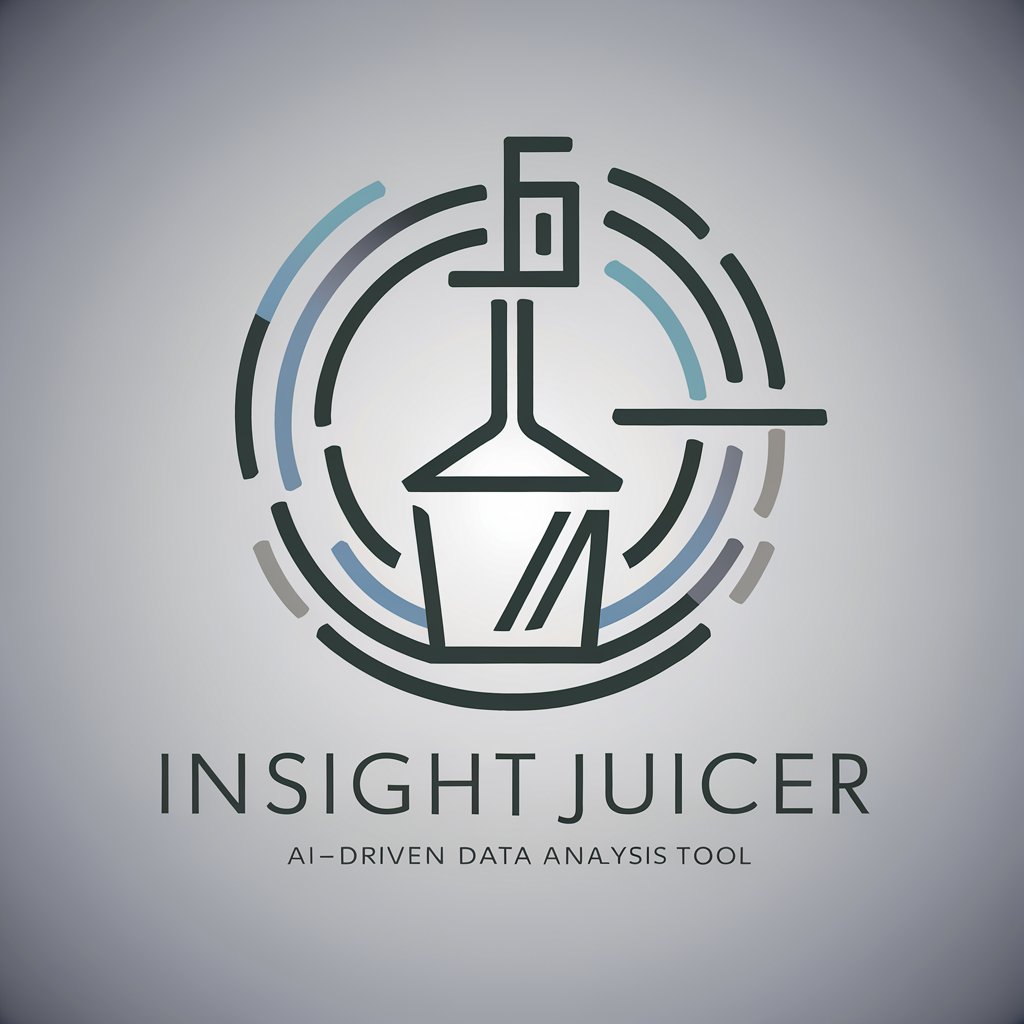
Juicy the Juicer
Craft your health, one juice at a time.

Healthy Juice
Elevate your juicing with AI-powered recipes.

Cosmic Castaway
Explore the universe with AI-powered insights.

Swift Master
Empowering Apple App Development with AI
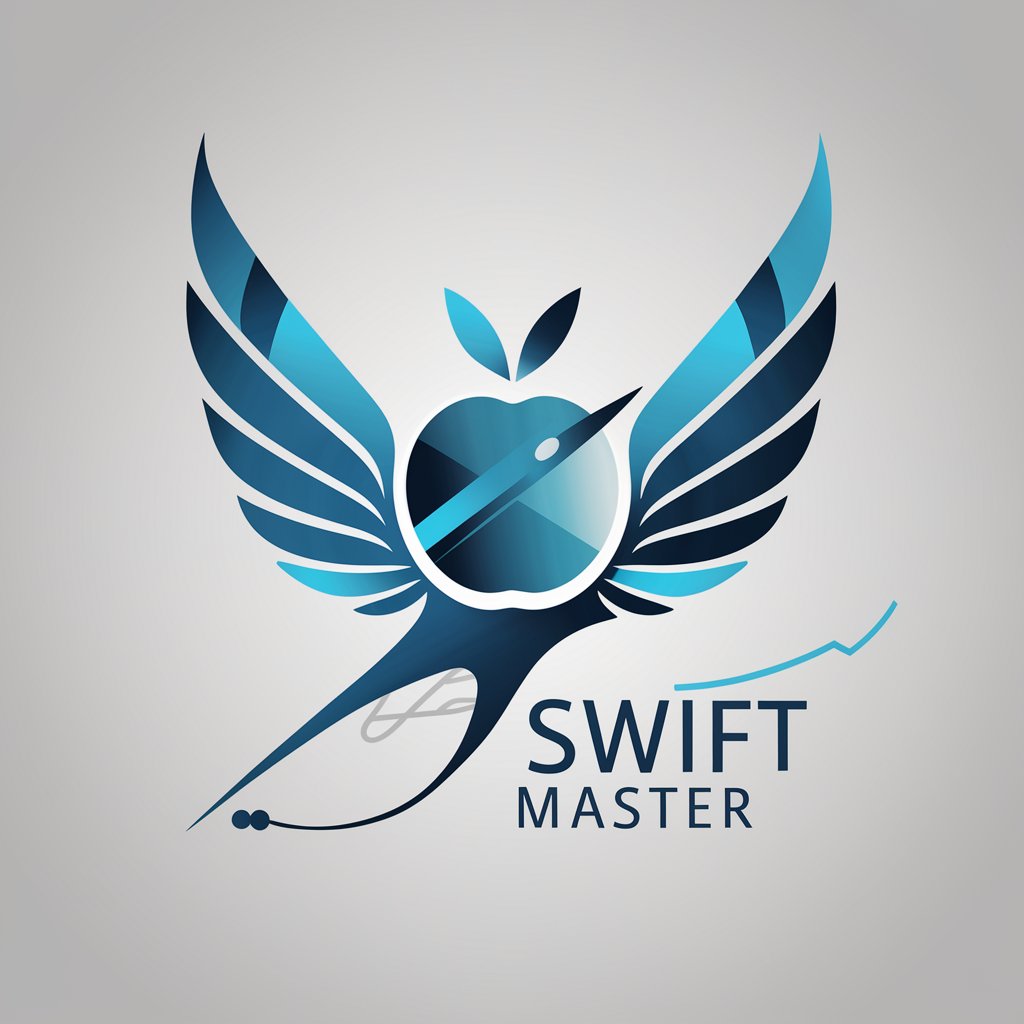
Marketing Strategy AI
Empowering Marketing with AI

Cyrano de Bergerac VS Kase.O
Where classical poetry meets modern rap.

Assistente Jurídico Inteligente
AI-powered legal document assistant

Criador IA de mapa mental pelo GitMind AI
AI-Powered Mind Map Creator
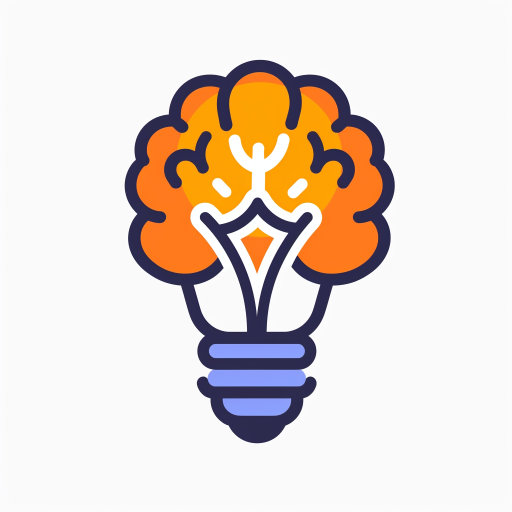
Domatron Domain Search
Crafting Your Online Identity with AI

Frequently Asked Questions about Python Data Science Companion
What libraries does Python Data Science Companion cover?
It covers numpy, pandas, scikit-learn, matplotlib, and scipy, offering assistance with their usage and best practices.
Can I get help with debugging Python code?
Yes, you can get help with debugging by providing the error messages or issues you're encountering, and Python Data Science Companion will offer targeted advice.
Is Python Data Science Companion suitable for beginners?
Absolutely, it's designed to help users of all levels, from beginners to advanced, by providing clear, step-by-step guidance and explanations.
Can I request examples of data analysis or machine learning models?
Yes, you can request specific examples of data analysis techniques or machine learning model implementations, and you will receive code examples and explanations.
How does Python Data Science Companion stay updated on the latest developments?
The tool integrates the latest documentation and community best practices into its responses to ensure users have access to the most current information.
